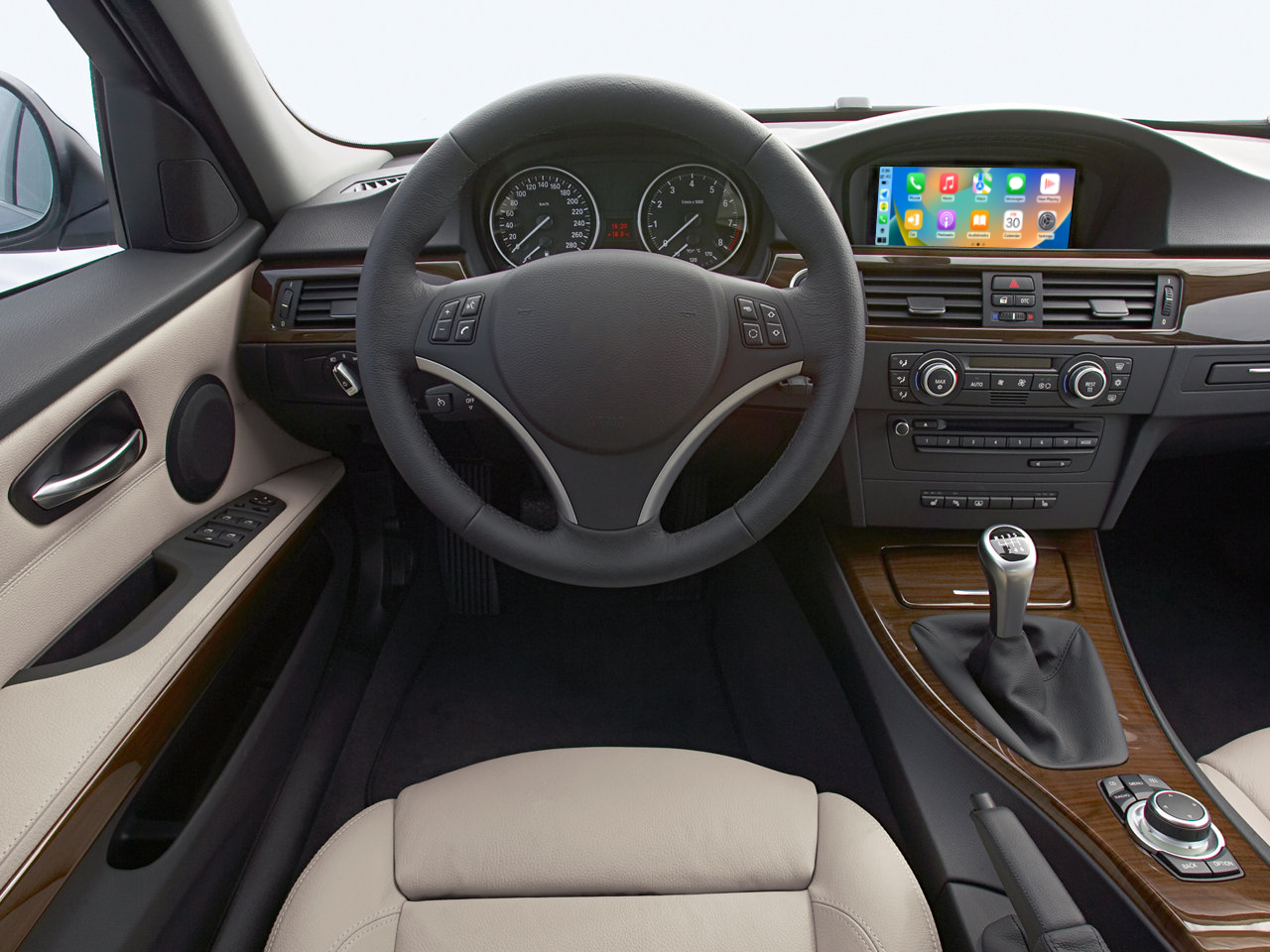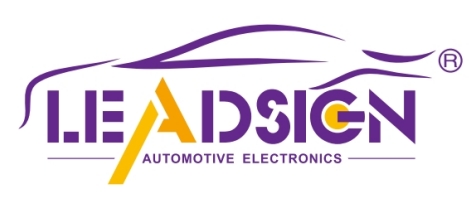Best Methods to Add Apple CarPlay to Cars Without CarPlay in 2025

Adding an apple carplay adapter for cars without carplay can make driving easier. You can use maps, make calls, and open apps easily. Here’s a simple look at the costs in 2025:
Built-in aftermarket stereos: $300–$1,000.
Portable screens: Cheaper but not fully built-in.
Adapters: $100–$500, a cheaper option.
An apple carplay adapter for cars without carplay is great for saving money and staying convenient.
Key Takeaways
Adding Apple CarPlay makes driving safer and more convenient. It lets you use apps without using your hands.
There are many ways to add CarPlay, like new head units, portable screens, or cheaper adapters.
Before upgrading, see if your car works with CarPlay. Most cars made after 2016 support it, but adapters can work if yours doesn’t.
Apple CarPlay Overview and Compatibility
What Is Apple CarPlay?
Apple CarPlay connects your iPhone to your car’s screen. It lets you use apps like Maps, Messages, and Music while driving. This system helps you stay focused on the road. Think of it as a link between your phone and car, making driving safer and easier.
CarPlay works with both wired and wireless setups. You can use a USB cable or connect through Bluetooth and Wi-Fi. It adjusts to your car’s screen, whether it’s a touchscreen or uses buttons. Siri voice control helps you send texts, play music, or navigate without using your hands.
Benefits of Adding Apple CarPlay
Adding Apple CarPlay can improve your driving experience. Here’s how:
Improved Safety: CarPlay blocks distracting features while you drive. It also offers voice navigation and big, clear icons.
Convenience: Use your iPhone apps without touching your phone. Siri manages calls, texts, and directions for you.
User Satisfaction: A J.D. Power study shows CarPlay users score 840 out of 1,000 in satisfaction. That’s higher than most in-car systems and Android Auto.
Upgrading to Apple CarPlay makes driving safer and more fun.
Checking Compatibility for Your Car
Before upgrading, check if your car supports CarPlay. Here’s how:
Criteria/Method | Description |
|---|---|
Location | Make sure Apple CarPlay is available in your area. |
iPhone Model | Check if your iPhone works with CarPlay. |
Car Model | Confirm your car’s make, model, and year support CarPlay. |
Checking Compatibility | Look online or read your car’s manual to verify. |
Apple CarPlay works in over 800 car models, starting from 2016 or 2017 for many vehicles. If your car doesn’t support it, you can add a CarPlay device to enjoy its features.
Tip: Not sure about compatibility? Check your car maker’s website or ask an expert for help.
Methods to Add Apple CarPlay
Aftermarket Head Units
Want to add CarPlay to your car? Aftermarket head units are a great option. These replace your car’s stereo and come with built-in Apple CarPlay. Brands like Pioneer sell models like the AVH-W4500NEX. This model works with both wired and wireless CarPlay. It also has Bluetooth, HDMI input, and supports many audio formats.
These head units fit well into your car’s dashboard. They offer clear screens and advanced features but can be expensive. Prices range from $300 to $1,000, depending on the model.
Tip: Hire a professional for the best installation results.
Apple CarPlay Adapter for Cars Without CarPlay
An Apple CarPlay adapter is a cheaper way to upgrade your car. These adapters connect to your car’s current system, so you don’t need a new stereo. They’re simple to use and often just plug in.
Why choose them?
Works with Many Cars: Supports both wired and wireless CarPlay.
Easy to Use: Clear instructions make setup quick.
Budget-Friendly: Costs between $100 and $500.
When buying an adapter, pick trusted brands that test their products for quality.
Wireless CarPlay Options
Wireless CarPlay adapters are becoming more popular in 2025. They let you connect your iPhone to your car without a USB cable. These use Bluetooth and Wi-Fi for smooth connections. You can easily access maps, music, and calls hands-free.
Wireless CarPlay is growing but not as common as wired versions. Some issues, like slower updates and supply problems, have slowed its spread. Still, it’s a very convenient choice for modern drivers.
Professional Installation vs. DIY
You can choose professional help or do it yourself to add CarPlay. Professional installation costs $100 to $200, depending on the job. It’s a good choice if you want it done easily.
DIY installation saves money, especially for aftermarket head units. The unit itself costs about $400. But DIY takes time and some technical skills. If you’re confident, it can be a fun project.
Note: For simple options like adapters, DIY is the easiest way.
Installation and Setup Guide
Getting Ready for Installation
Before starting, make sure everything is prepared. First, check if your car and iPhone work with Apple CarPlay. Cars made after 2016 usually support it. If not, don’t worry—adapters can fix this. Your iPhone should have iOS 7.1 or newer. If you’re not using wireless CarPlay, you’ll need a lightning-to-USB cable.
Here’s a simple checklist to follow:
Check if your car’s system supports CarPlay or can be upgraded.
See if your car has Bluetooth and Wi-Fi for wireless use.
Buy an adapter that fits your car’s model.
Read the instructions that come with the adapter.
Tip: Not sure about compatibility? Look at your car’s manual or ask the maker for advice.
Setting Up a CarPlay Adapter
Setting up the adapter is easier than you think. Most adapters are simple to use and need few tools. Follow these steps to set it up:
Find your car’s infotainment system and locate the input ports.
Plug the adapter into the right port, like USB or AUX.
Place the adapter in a safe spot so it doesn’t move.
Turn on your car and check if the adapter lights up.
Most adapters are plug-and-play, so no big changes to your car are needed. If you face problems, check the manual or get professional help.
Setting Up and Testing Apple CarPlay
After installing the adapter, it’s time to set up and test Apple CarPlay. Connect your iPhone to the adapter. For wireless options, turn on Bluetooth and Wi-Fi on your phone. Then, do the following:
Go to your iPhone’s settings and tap “CarPlay.”
Pick your car’s name from the list of devices.
Give permissions for CarPlay to use your apps.
Test the system by opening apps like Maps or Music. Make sure everything works smoothly without delays. If all is good, you’re ready to enjoy Apple CarPlay.
Note: If there are delays or connection issues, restart your phone and adapter. This often fixes small problems.
Troubleshooting and Alternatives
Common CarPlay Issues and Fixes
Sometimes, Apple CarPlay might not work right, but don’t worry. Most problems are easy to fix. Here are some common issues and solutions:
Connectivity Problems: If CarPlay won’t connect, check if your iPhone and car system match. Make sure both have the latest updates.
App Malfunctions: Apps may not open or work well. This can happen if they’re outdated or your internet is weak. Update apps and check your connection.
Audio Issues: No sound? Check the volume on both your car and iPhone. Adjusting these settings often fixes it.
Tip: Restarting your iPhone and car system can fix small issues.
Alternative Solutions for Non-iPhone Users
Don’t have an iPhone? You can still enjoy connected driving. Android Auto is a great choice for Android users. It offers navigation, music, and hands-free calls. Many aftermarket stereos work with both CarPlay and Android Auto.
If you want something simpler, try Bluetooth systems. They let you play music and make calls without a fancy setup. While not as advanced as CarPlay, they’re easy to use and affordable.
Other In-Car Entertainment Options
Apple CarPlay and Android Auto are popular, but not the only options. Some cars come with built-in systems made just for that brand. These systems have special features but aren’t always as smooth as CarPlay.
More people want in-car entertainment now. Features like phone mirroring and USB playback are common. These give you choices to match your needs. Whether it’s CarPlay, Android Auto, or another system, there’s something for everyone.
Note: Check your car’s current features first. You might already have what you need.
It’s now simple to add Apple CarPlay to your car. You can choose adapters, wireless systems, or new stereos. Each choice has its own advantages, so pick what works best. Apple CarPlay is highly rated for user happiness, as shown here:
System | Satisfaction Score |
|---|---|
Apple CarPlay | |
Android Auto | 832 |
Average Infotainment | 805 |
Drive safer and smarter with Apple CarPlay!
FAQ
How can I check if my car has Apple CarPlay?
Look in your car’s manual or check the maker’s website. You can also ask at a dealership to confirm.
Can I set up Apple CarPlay by myself?
Yes, it’s possible! Plug-and-play adapters are simple to install. For head units, hiring a professional is better for proper setup.
How are wired and wireless CarPlay different?
Wired CarPlay needs a USB cable to work. Wireless CarPlay uses Bluetooth and Wi-Fi, making it easier but often pricier.
Tip: Pick wireless CarPlay if you want fewer cables in your car.

